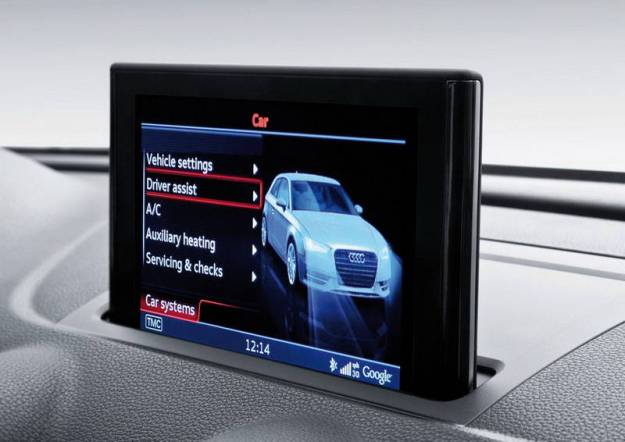 At the annual Consumer Electronics Show (CES) in Las Vegas, Audi announced that it will incorporate Nvidia Tegra tech into its next infotainment system. Tegra will be a part of Audi’s new MIB infotainment system when it debuts on select models later this year.
At the annual Consumer Electronics Show (CES) in Las Vegas, Audi announced that it will incorporate Nvidia Tegra tech into its next infotainment system. Tegra will be a part of Audi’s new MIB infotainment system when it debuts on select models later this year.
MIB features a computing module called MMX (does it have a cousin called HAL?), and that’s where Tegra comes in. Nvidia says its tech’s modular design allows it to be more easily updated than the hardware in other cars.
“Nvidia’s modular VCM approach lets companies like Audi quickly move from a Tegra 2 processor, to a Tegra 3 and beyond,” said Taner Ozcelik, Nvidia’s general manager, automotive. “Never before has an automaker been able to deliver a new generation of consumer electronics technology within such a short time.”
For a carmaker like Audi, the ability change processors without reengineering the rest of a given system means it can operate on two different product cycles. This is important, because the average car product cycle is about four years, but electronics have a much shorter shelf life.
“The new modular approach allows us an independent evolution of automotive-cycle and consumer-electronics-cycle multimedia systems so that we can implement the latest and greatest innovations that allow the best possible customer experience with infotainment in the vehicle,” said Mathias Halliger, head of architecture for Audi’s MMI infotainment system.
In addition to its modular hardware, MIB will also include Audi connect, a new Google-powered information feature. Audi drivers will be able to view Google Earth and Google Maps images, including 360 degree Street View panoramas. Google Local Search will also deliver weather forecasts, gas prices, and points of interest straight from the Web.
Audi’s MIB infotainment system recently launched in Europe on the new A3, and is also being installed in some Volkswagen and Skoda models. It will come to the United States by the end of 2013, and will eventually be available in every Audi model.


